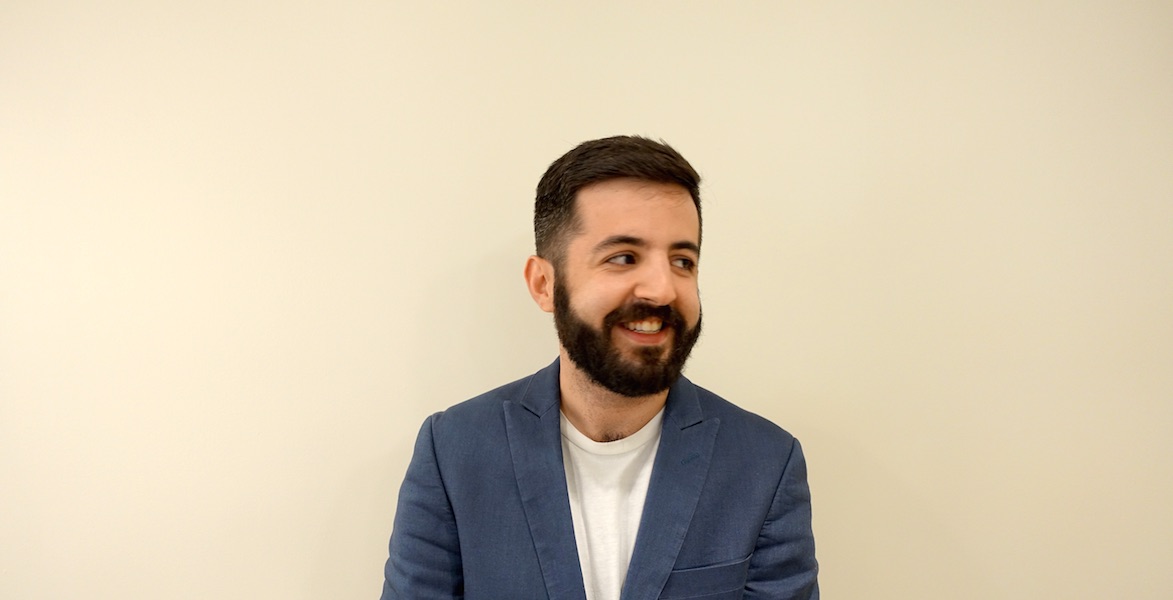5 lessons for teaching law and technology

This piece was co-authored with Keith Porcaro, a fellow at Harvard’s Berkman Klein Center.
Over the fall semester, we ran an experiment at the Georgetown University Law Center.
Through a course we co-created and taught, we used technology to help students critically think through criminal justice policy and law.
To prepare for future versions of the course, we are reflecting on what worked and what we can improve on. From this reflection, we identified five lessons that we think are key for teaching law and technology. With the influx of experimental tech courses in law schools across the U.S., we hope that these lessons will aid practitioners developing similar curricula and complement the larger discussion about the role of technology in legal education.
First, a bit about the course, titled “Criminal Justice Technology, Policy, and Law.” It was a practicum that featured both a seminar component and project work. In class, we taught students about emerging issues regarding the use of technology in criminal justice, including predictive policing, surveillance, algorithmic risk assessments and data governance. In addition, students learned best practices for designing and executing legal technology projects.
Out of class, groups of three students worked with organizational partners on discrete projects. One group worked with the Texas Criminal Justice Coalition to analyze the effectiveness of judge-appointed defense attorneys for indigent clients in Harris County, Texas. The other worked with the Maryland Governor’s Office of Crime Control and Prevention to build a sequential intercept model reflecting changes to the state’s criminal justice system after a major reform bill. We are grateful to TCJC and the GOCCP for their continued support throughout the semester.
Through the experience of this course and with helpful feedback from students, partners and other course participants, we have five prominent takeaways to apply in future courses.

Jason Tashea
1. Emphasize practical skill-building. Our class was not meant to prepare students for careers in technology. Rather, we sought to help students understand how technology can change their careers in law, and how technology provides different lenses to think about the legal system. As a result, our projects emphasized skills that could be acquired over the course of a semester and that students could use as lawyers. Our experience with the semester has encouraged us to stick with this approach and provide more formal structure for students to acquire immediately useful practical skills.
We were fortunate to have projects that demanded very different skills from students—from statistical analysis to systems modeling. To help, students received a set of resources to aid their projects at the beginning of the semester. Generally, students were expected to use these resources and outside research to identify and acquire the skills they needed to execute their projects and come to us with questions when they were stumped. We consider this to be a feature, not a bug, of the course.
Although our students acquitted themselves well, they would have benefited from more structured, specific introductions to these skills rather than a list of resources to unpack on their own. To that end, we plan to build project-specific syllabus modules to give students a better on-ramp to the skills they will need to execute their projects. We are also considering introducing third-party “skill Sherpas,” technical experts, to be another resource for students.
2. Incorporate projects into class time. For many students, a class like this is their first exposure to consulting. So even though students were expected to spend 10 hours per week outside of class on their projects, we think it is important to devote time in-class for students to sketch out their work to date, unpack challenges, get help, and talk about what is next. The projects that may be most useful in law and technology classes are often novel and complicated, and it is easy to get lost, especially early on. At minimum, we think that it is important to devote some semi-structured class time partway through the semester and structured rehearsal time before partner-facing presentations.
To that end, we reserved a lecture about a month into the semester—after students had completed their first assignment, which was a memo defining the scope of their project and goals for the semester. We felt this struck the right balance between helping students early on and giving them the space to work out problems for themselves. We also reserved a second lecture for a dry run of the final project presentations. In general, we found that students took this time seriously and grew from it.
3. Be unusually responsive. Often, law and technology projects are not just novel for students—they are novel for clients too. In our professional experience running technology projects for lawyers, we emphasize an abnormal level of responsiveness: We check in regularly with clients, seek their feedback, and iterate based on that feedback. We encouraged students to treat their project like a consulting engagement, with a similar degree of responsiveness to their partners.
As professors, our duty is to the students, and we sought to be as responsive as possible to the pulse of the class. Internalizing our own lectures about user-centered design and the importance of incorporating feedback, we took our project check-ins from class and tweaked and modified the course’s content, assignments and structure in response. Coming from professional consulting, we treated this as normal, but our students highlighted this responsiveness as a unique feature of the class.

Keith Porcaro
4. Build lectures for nonexperts. Although we are experienced technologists, we were novice lecturers. One of the more interesting challenges of the semester was adapting sometimes challenging material to a law school setting. In general, when it comes to technology, we think that training lawyers and law students in the same way is a mistake.
While obvious now, this was a mistake we made ourselves. We realized early on that our lectures reflected what we do in our professional lives: train experts new ways to think about their expertise. Here, students are still building their expertise, and it is our job to help them become experts in addition to providing a new way to look at the world.
This means we cannot take pre-existing knowledge for granted. For instance, all of our students were interested in criminal justice issues, but only one had taken a criminal law course beyond the required first-year course. This meant treating the second class of the semester as a primer on criminal justice policy issues. Knowing this now, future iterations of the class will begin with fundamentals of the criminal justice system to meet students where they are at.
5. Teach by doing. This course—and other law and technology courses—teach new ways of looking at the world. We strongly believe that this is a license to experiment with new methods of law teaching beyond the tried-and-true Socratic method. By far, our most successful experiment was gamifying a class session.
Over the past two decades, the use of games to improve learning outcomes has grown. Closer to the legal field, alternative dispute resolution education has taught via simulation for decades. To that end, we built a text-based, adventure-style game to help our students think through a project evaluation, a critical component in digital or traditional project management.
In our game, students evaluated a fictitious prisoner re-entry program—a major component of criminal justice reform—against best practices and scientific research. Our teaching objective was to push students to think not only about whether the program was achieving its stated objectives—putting people back to work and shrinking recidivism—but also whether those objectives were the right standards to evaluate the program. To accomplish this, our game had three ingredients, each supporting each other: a compelling play mechanic, a useful learning goal and relevant subject matter. For inspiration, we pulled from text-based adventure games and interactive stories, like Dungeons & Dragons and “Choose Your Own Adventure” books.
To play the game, students hunted for “findings”: important pieces of evidence hidden throughout the game. To uncover these findings, students could interview program staff, ask for data analysis from a persnickety bureaucrat, run focus groups with program participants and seek outside research from our abstract library. Each in-game action was tied to a simple mechanic. For example, “interviews” followed a branching question tree, and asking one question unlocked other questions. Running a focus group involved a high-risk, high-reward roll of the dice: Rolling a one or a two meant that no one showed up and they learned nothing, but any other number would earn progressively more information.
Each action might yield a finding, useful information that brought students closer to a finding or a dead-end distraction. It was up to the students to use context and what they have learned over the semester to discern between a valuable path to investigate and a rabbit hole. Students were limited to 30 actions (each a “week” in game time) to uncover all of the findings, which were organized thematically into recommendations. After the game was finished, which took about 75 minutes, the class concluded with a discussion of the findings and how to present them to a fictional governor who contracted this evaluation.
To our surprise, the game was a hit, much more so than those early lectures and dense readings. Students thought a game like this is an ideal icebreaker for a small seminar-like class and that it would have helped them think through some of their early interactions with their stakeholder partners. We agree, and plan to introduce more experiential learning into our future classes.
This, of course, is only the beginning. Other experiments are being run at law schools all over the country. We feel like we have only scratched the surface of how law and technology can be taught. Most of all, we are excited to run our experiment again, with slightly different conditions and improved outcomes. Stay tuned.



